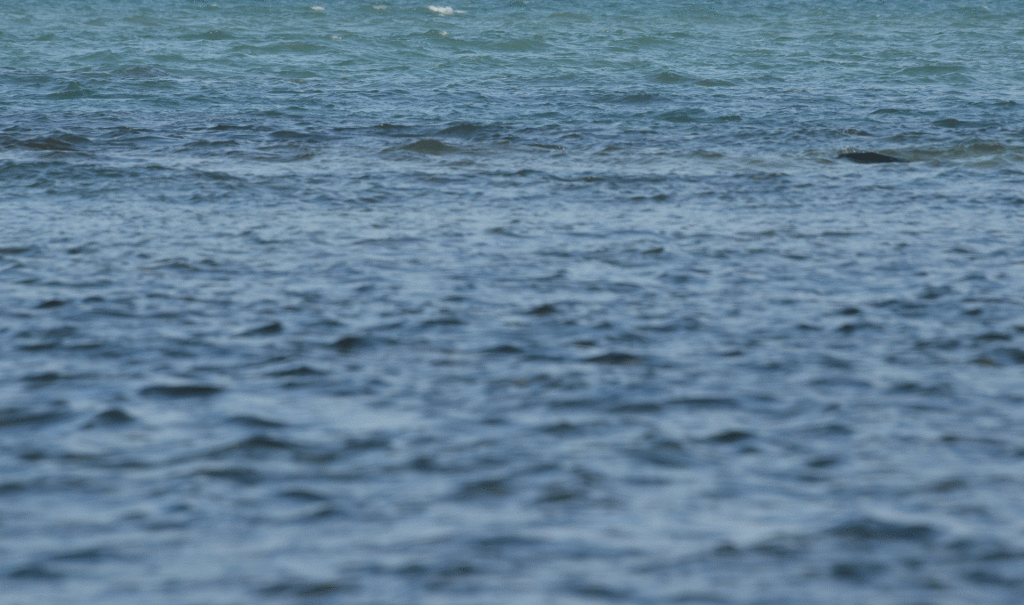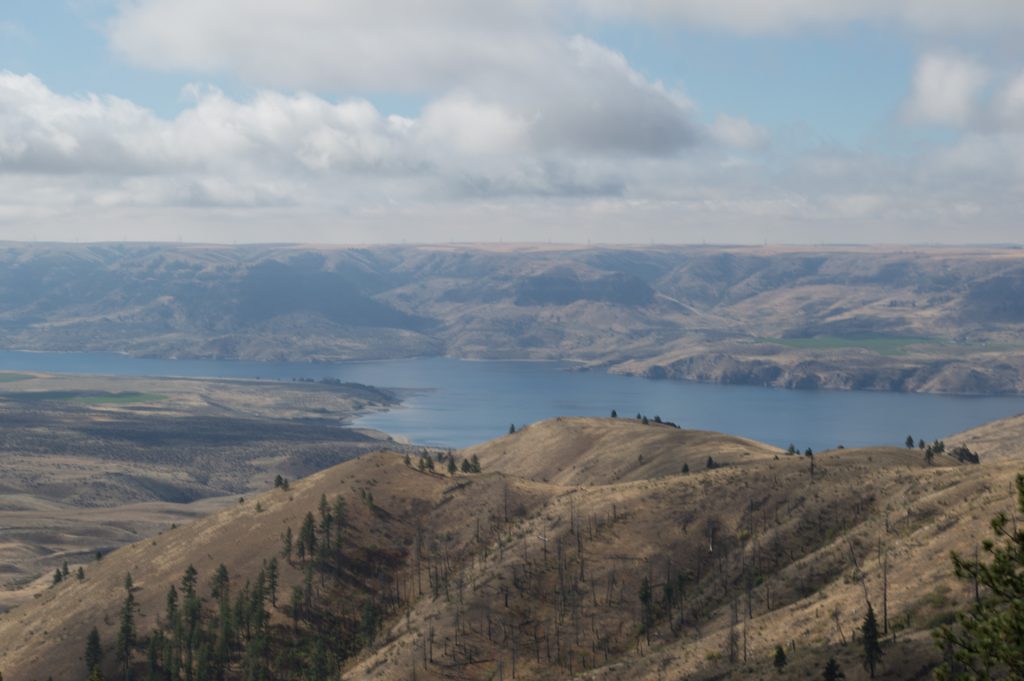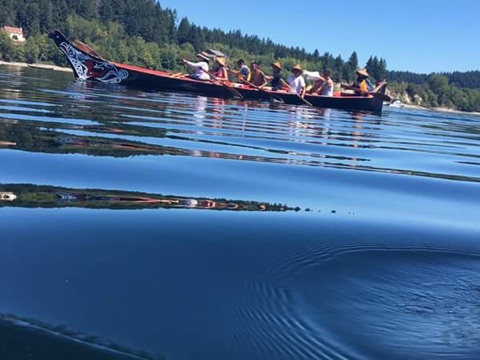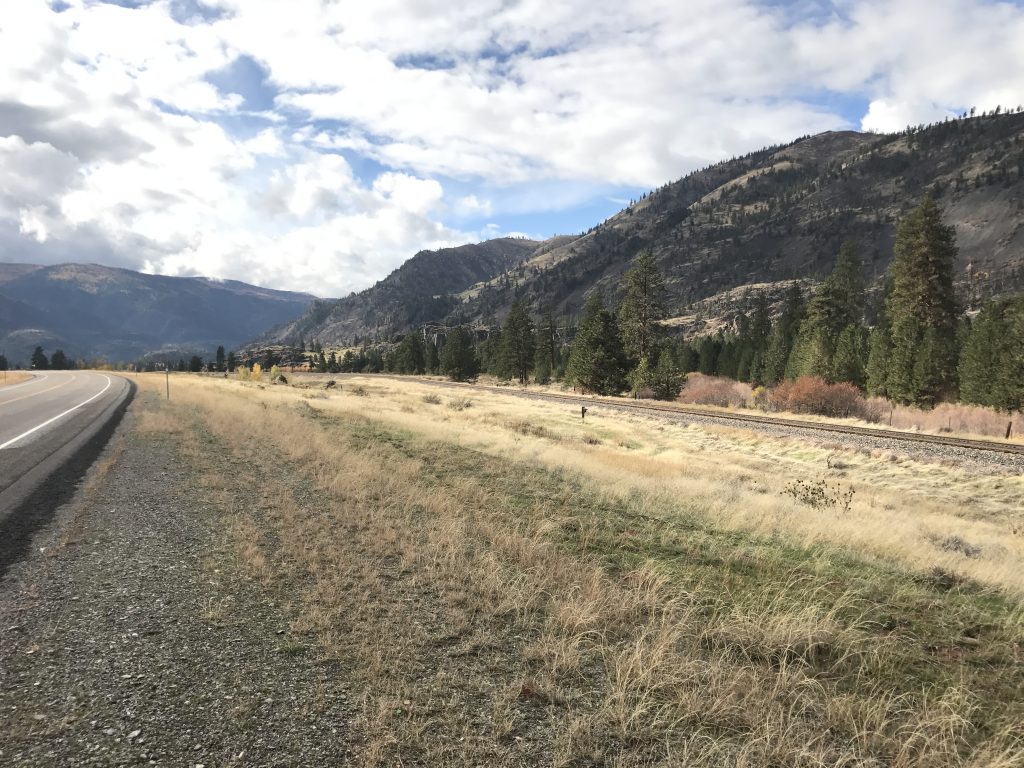News & Events
September 15, 2015
Taking Steps Toward Choctaw Healing Yvppvlli Program Turns the Trail of Tears Into a Healing Tool
This article originally appeared in the June 2015 issue of Biskinik, the monthly newspaper of the Choctaw Nation of Oklahoma, and is reprinted here with permission.
Yvppvlli: (YOH-pol-ee) To walk slowly and softly, not with a hard tread (Choctaw Language Dictionary, by Cyrus Byington)
Each one of us will face a set of challenges as we walk through life. It’s how we approach the walk that will determine if we come out better on the other side.
Choctaws have a word for this walk, Yvppvlli. A group of doctors and researchers have joined Choctaw tribal leaders in developing a program for healing and wellness that has the concept of “yvppvlli” at its core.
And the inspiration for this comes from an often mentioned, but easily overlooked source: Choctaw ancestors who endured the forced removal from Mississippi homelands.
Today, we call it the Trail of Tears. And a group of clinical researchers and Choctaw health officials have joined forces to craft a health and wellness program based on this experience.
 Dr. Karina Walters of the Indigenous Wellness Research Institute at the University of Washington in Seattle and Dr. Michelle Johnson-Jennings, co-director of the Research for Indigenous Community Health, part of the University of Minnesota in Duluth, are both Choctaw tribal members.
Dr. Karina Walters of the Indigenous Wellness Research Institute at the University of Washington in Seattle and Dr. Michelle Johnson-Jennings, co-director of the Research for Indigenous Community Health, part of the University of Minnesota in Duluth, are both Choctaw tribal members.
They teamed up to use their collective expertise—as well as their perspectives as Choctaws—in helping to develop a course of action toward Yvppvlli.
“It’s been extremely fruitful. We were able to focus on Choctaw meaning, as opposed to having to sit back and explain it,” Walters said. “There is a shared understanding as we move forward.
“For me it was an honor to come back home and help our people,” said Walters, who has interacted with numerous cultures across the world in her field.
It is anticipated that one in three Choctaw children will have type 2 diabetes by 2050. Seventy percent of tribal members could be obese by that time, leading to a startling outcome: Parents could outlive their children in large numbers, for the first time in recorded history.
“(Self-Governance Executive Director Mickey Peercy) said to me, they needed help curbing the diabetes and obesity problem, even though the Choctaw Nation has been responding to it the way all the empirical work says we should be,” Walters said.
Most research into the medical issues facing native communities is performed by non-native researchers. This time, the National Institute for Health agreed to allow the lead doctors, both Choctaws, to partner with members of their own tribe for a new approach.
This leads in to their Yvppvlli approach: An indigenized approach to healing, as a supplemental effort in conjunction with the tools and concepts available in western medicine today. A connection between healthy lifestyle concepts and Choctaw culture was evolving.
“I went and I prayed. And the answer came to me at that moment and it was very apparent,” Walters said. “It’s not about the trauma of the Trail of Tears, but getting connected with the vision of love and life that our ancestors had.”
The idea emerged to follow the actual course of the 19th century Trail of Tears, as part of a journey toward healing. Johnson-Jennings said this approach links the experience of Choctaw ancestors to their descendants today.
“This is fulfilling one of those life-long goals, connecting with one another,” Johnson-Jennings said. “Learning how we can heal as a nation has been very exciting. We have amazing strengths and resources, in what our ancestors brought with them. I think the trail is particularly poignant in most people’s minds. It was almost an obsession for me as a child, to read the old documents and narratives from the trail.”
 Health and history merged along the way. Walters said they began researching historical records to find the actual surviving trail, not just the modern highways along the route. Most of the routes are in Arkansas and they found places that were preserved portions of the trail from the era of the forced removals.
Health and history merged along the way. Walters said they began researching historical records to find the actual surviving trail, not just the modern highways along the route. Most of the routes are in Arkansas and they found places that were preserved portions of the trail from the era of the forced removals.
In 2012, Yvppvlli took its first pilot walk with 18 volunteers, mostly Choctaw women. Actual clients, from Idabel, Broken Bow, and Hugo communities, went on the first true Yvppvlli journey in May of this year.
“Our model is health promotions in that our women are trained to be health leaders,” Johnson-Jennings said. The goal is to build a team of health leaders in each of the 12 districts of the Choctaw Nation.
Tribal leaders urged the research team to start with women. This goes back to several Choctaw concepts, including the “Beloved Woman” social status and the matrilineal kinship system.
These leaders would be trained to respond to a crisis within the community, such as a suicide, using Choctaw-driven methods as an addendum to clinical efforts.
They would also have a responsibility within their communities to share the knowledge gained from Yvppvlli. A series of post-walk community presentations are planned, starting in McCurtain and Choctaw counties this summer.
The groups participate in six to eight weeks of training sessions before the 10-day walk, a mixture of camping, prayer circles, and hiking portions of the trail route from destination points like Arkansas Post and Lake Chicot, Arkansas.
 The group hikes up to 10 miles each day and shares experiences from their own lives and the day’s events each evening. This year, the group found remnant Trail of Tears sites at Village Creek State Park in Arkansas, and ended their journey with a walk from Horatio, Arkansas, to Broken Bow.
The group hikes up to 10 miles each day and shares experiences from their own lives and the day’s events each evening. This year, the group found remnant Trail of Tears sites at Village Creek State Park in Arkansas, and ended their journey with a walk from Horatio, Arkansas, to Broken Bow.
“There’s something about physically being on the trail. Our people laughed, lived and loved on the trail. It’s almost like a vow-making ceremony,” Walters said of the commitment made by participants. “The guiding questions are: What kind of ancestor would my own ancestors want me to be; what kind do I want to be; and what kind of ancestors will future generations be? It’s stepping into our roles as leaders.”
The goal is to involve 150 women in Yvppvlli—30 per year over the next five years. A similar program could be in place for Choctaw men in the coming years. Anticipated outcomes include a reduction in addictions to drugs, alcohol, tobacco and even certain foods.
“It’s not about intervention. It’s really about becoming healthier,” said Johnson-Jennings. “It’s wellness in the community. It could be anything, new ideas such as communal gardens.”
“It starts with a couple of people who want to move forward, then the whole community is involved. We’re creating a support network,” said Walters. “It’s about improving activity levels and resources.”
“It’s amazing what mobilizing others can do. It’s shifting the culture of trauma and our thoughts and beliefs about wellness,” Johnson-Jennings said.
As Choctaws tend to do, the experience of Yvppvlli is meant to take a dark time in our tribal history and turn it into a shining moment of opportunity and hope.
For more information about Yvppvlli and Choctaw Nation Behavioral Health programs, please visit www.cnhsa.com or call (800) 349-7026 x6327.
Yappalli: Choctaw Road to Health, is funded by the National Institute on Drug Abuse, Award # 1R01DA037176. Principal Investigator at the UW: Karina Walters, PhD; Co-Investigators at the UW: Tessa Evans-Campbell, PhD and Cynthia Pearson, PhD. PI on site: Kristie Brooks, Choctaw Nation of Oklahoma. PI at the University of Minnesota – Duluth, Michelle Johnson-Jennings, PhD.
Author note on the spelling of Yvppvlli versus Yappalli: The “V” we use is for a shorter “uh” sound, not quite a short “A” but somewhere between that and an “O” and “U” sound. The main difference is saying the correct “YOH-pol-ee” versus “YAH-pah-lee.” But since the latter has no definition in Choctaw, a differentiation is basically irrelevant. So, using either is just fine.




